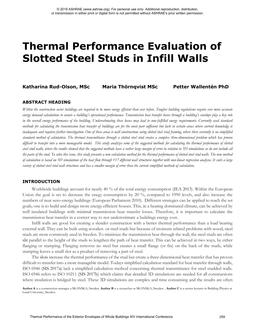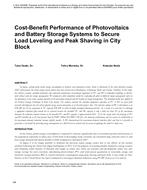A mechanically ventilated, photovoltaic-integrated, multiple skin facade, consisting of a between-the-panes Venetian blind layer in the upper section and a between-the-panes photovoltaic array in the lower section was considered. The combined photovoltaic and shading system can produce electricity and thermal energy in the form of preheated fresh air, and allow for adjustable daylighting. Numerical simulations were developed to predict the velocity of air and glazing and shading temperatures only in the upper section of the system (around the Venetian blind slats). A total of nine experimental scenarios were designed and tested at three blind slat angles (? = 0, 45, and 75º) and three fan speeds (10, 20, and 30 Hz) in an outdoor test room. The simulations predicted the average blind and indoor glazing layer temperatures to within 2.3 and 5.4°C (4.1 and 9.7°F), respectively, of the experiment and predicted the air peak streamwise velocities to within 18% of Particle Image Velocimetry measurements. The present study introduce, for the first time, a detailed account of numerical simulation development of ventilated windows with betweenthe- panes Venetian blinds. Future studies will focus on deriving between-the-panes convective heat transfer correlations and developing simple one-dimensional models that can be integrated into building energy simulation software.
Units: Dual
Citation: ASHRAE Transactions, Vol. 116, pt. 1, Orlando
Product Details
- Published:
- 2010
- Number of Pages:
- 10
- File Size:
- 1 file , 1 MB
- Product Code(s):
- D-OR-10-041


